Solahütte
In January 2007, the United States Holocaust Museum in Washington received a photo album that (probably) belonged to SS-Obersturmbannführer Karl Höcker (1910 – 2000). Höcker had served as an adjutant to Auschwitz commandant Richard Baer. The album is dated June 21, 1944 and was intended for private use and contains images of SS officers in completely different circumstances than those at Auschwitz. Several photographs were taken at a recreation cottage called Solahütte, about twenty kilometres south of Auschwitz, in a small village called Miedzybrodzie Bialskie. The cottage is beautifully situated on a hillside overlooking a lake and it was used during leave of both male SS officers and female auxiliaries who served in Auschwitz. The photographs are reminiscent of the pictures from Berghof, Obersalzberg, and show people working at Auschwitz under very pleasant circumstances. They hang out, sing, eat, sunbathe, dress the Christmas tree, chat, smile in front of the camera and play with dogs.
From these photos it is impossible to see that on another occasion they served in Auschwitz and thus indirectly or directly involved in the extermination of the Jews. In several photographs there are known criminals such as SS doctor Josef Mengele, Auschwitz commandants Richard Baer and Rudolf Höss, Birkenau commandant Josef Kramer (who otherwise is most associated as Bergen-Belsen’s commandant). In Solahütte there were several guest rooms, socializing room with bar, fireplace and a large terrace overlooking the lake. Construction of the cottage began in October or November 1940 by prisoners from Auschwitz and in April 1941 the cottage was officially inaugurated as SS – Solahütte. In the summer of 1942, about 15 – 30 prisoners were transferred from Auschwitz to Solahütte to work with maintenance and they were housed in a nearby cellar. There were a few female prisoners who worked permanently in Solahütte with housework. This work force was called the Aussenkommando SS – Solahütte and existed until January 1945 when the Soviet Red Army approached.
Current status: Demolished (2009).
Location: 49°46'46.72" N 19°11'21.70" E
Get there: Car.
Follow up in books: Lifton Jay, Robert: Nazi doctors (1986).
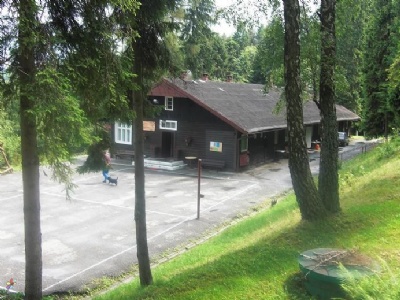
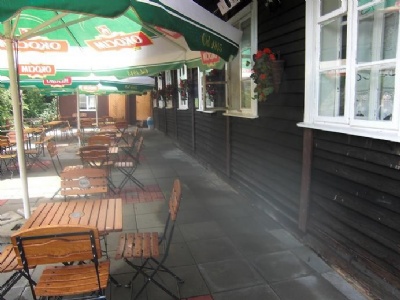
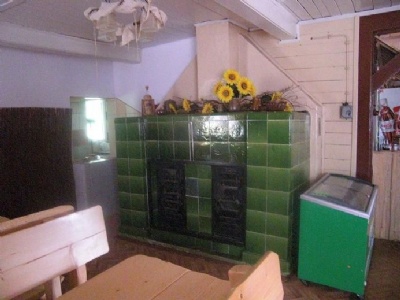
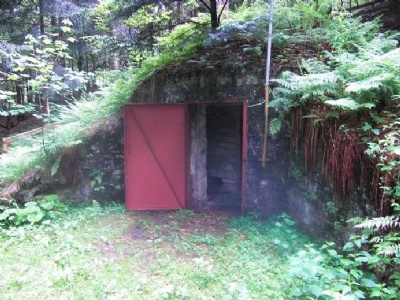
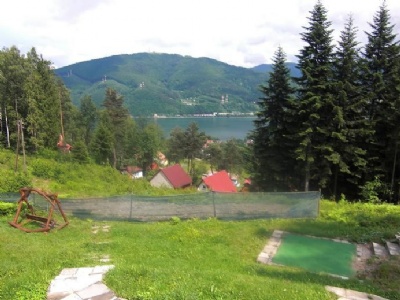
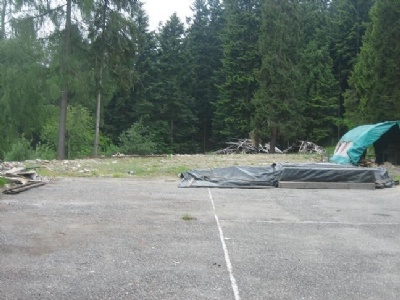
The cottage was more or less fully preserved until spring 2012 and served as a restaurant on a camping area. Then it was demolished to make room for more camping cabins and a bar.
There are divided opinions on whether it is appropriate to publish images of this kind. Some argue that it is shameless and nefarious to produce murderers in such circumstances. They believe that it gives Nazism and individual killers in its service a cosiness factor that is offensive and not at all appropriate in the documentation of Nazism. Others argue that such images have a historical value that we cannot ignore and have as much value as images showing the process of extermination. Therefore, we must accept and treat them as historical material whether we like it or not. Given that the crimes of Nazism are so well documented, I find it very difficult to see that the images could make us revise about the crimes of Nazism just because we see them in situations where they are socializing. To relegate the images would be tantamount to admitting that we are unable to explain Nazism when they show its minions in such circumstances. Nazism is no less understandable just because the images do not show a bloodthirsty Nazi in the process of bringing Jews into a gas chamber.
What is really scary about the images is precisely that there is nothing scary about them. But the images shake our perception of the Nazis as bloodthirsty psychopaths because they show them in sitution that is not at all alien and offensive. Most of us can identify with the images and it is impossible from the images to determine what they actually worked with. They show that even Nazis who served in Auschwitz (and other camps) in other circumstances could be socially competent people in a way that does not separate them from us. What is it, then, that says that those of us who consider ourselves immune to Nazism would not be capable of things that these people in the images did at Auschwitz.